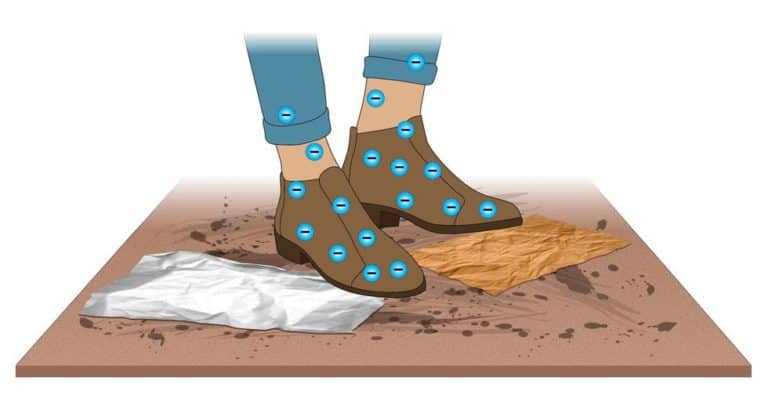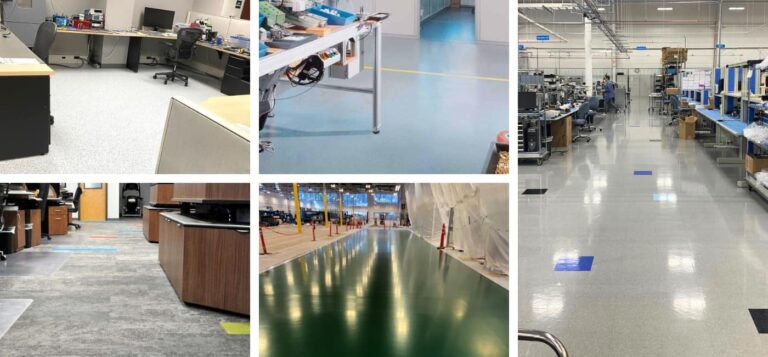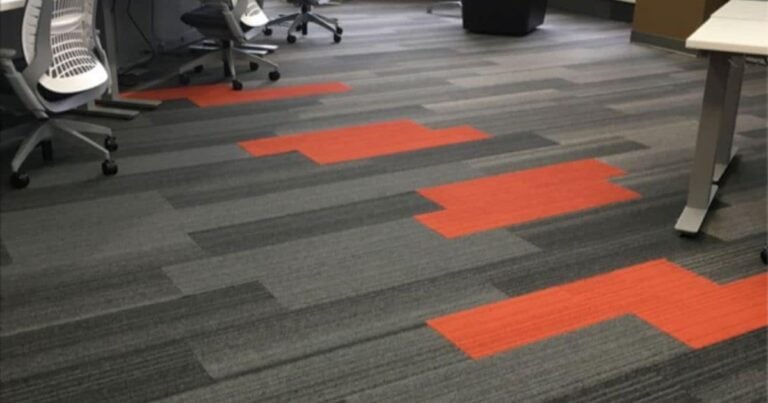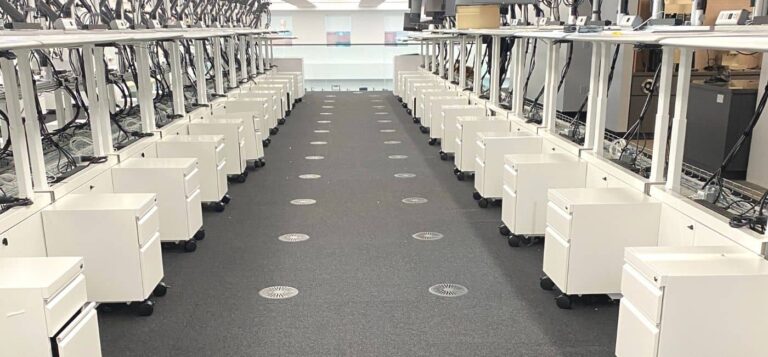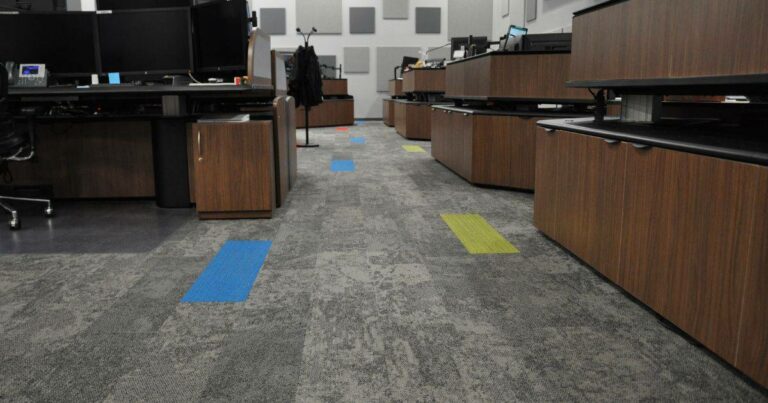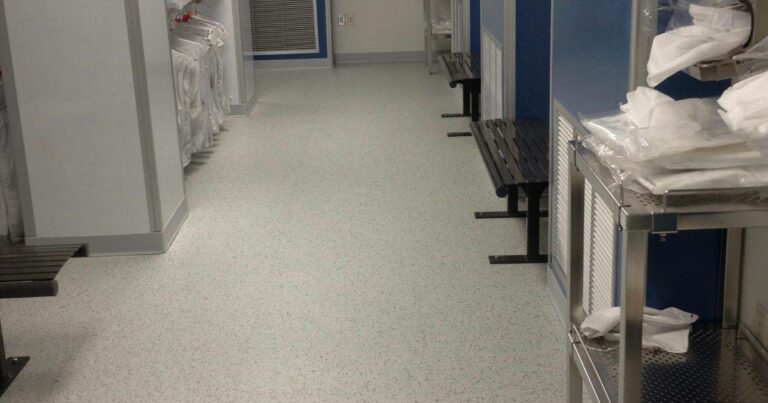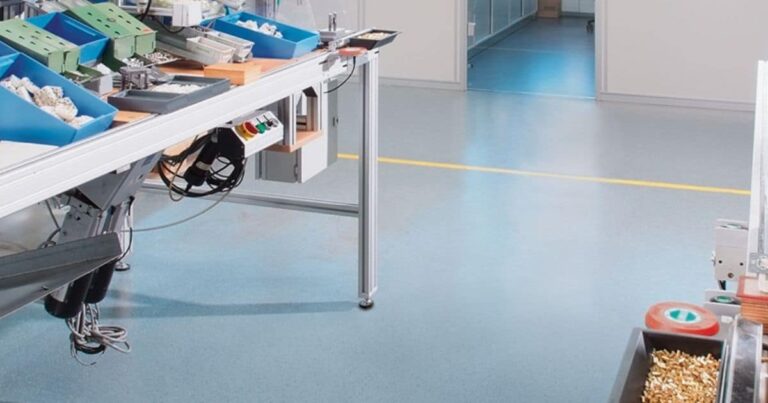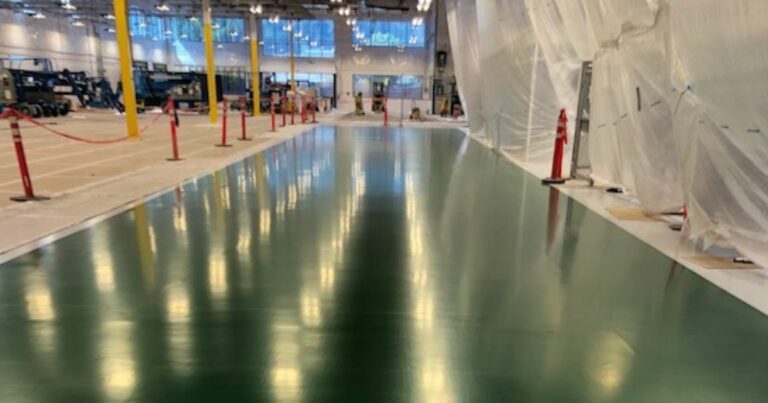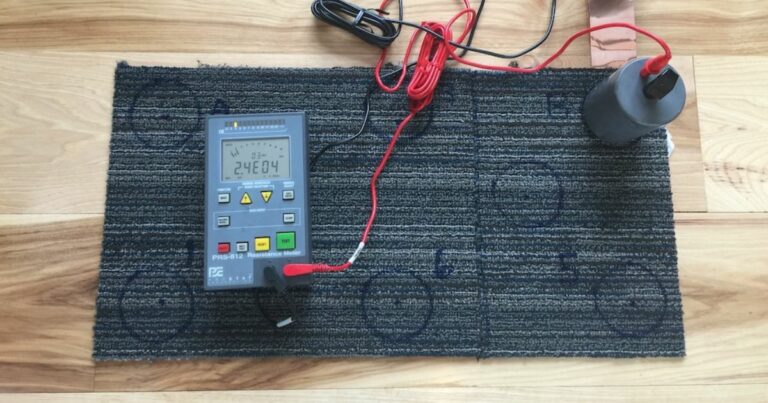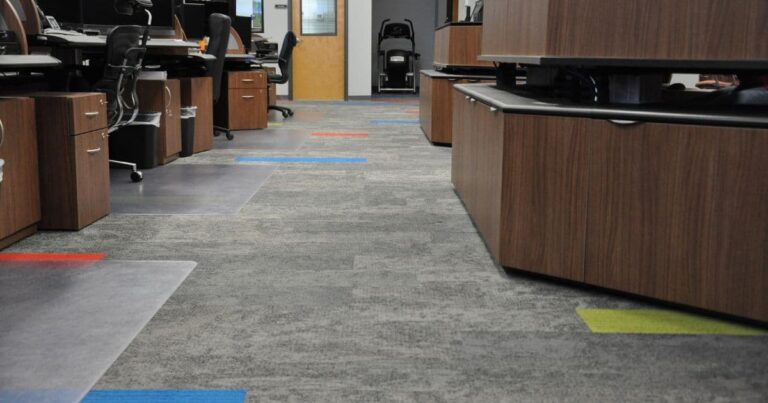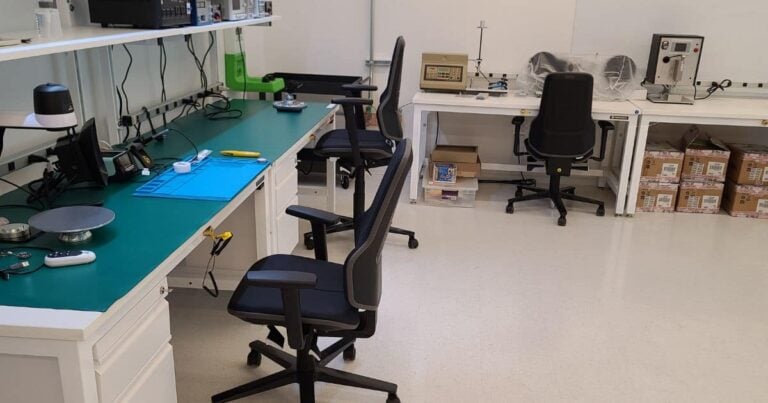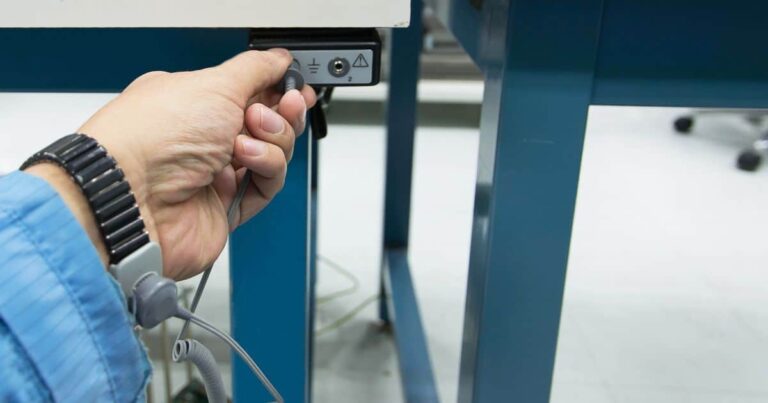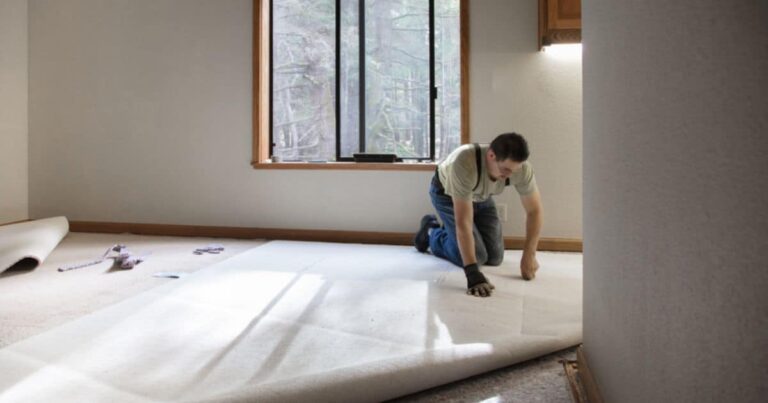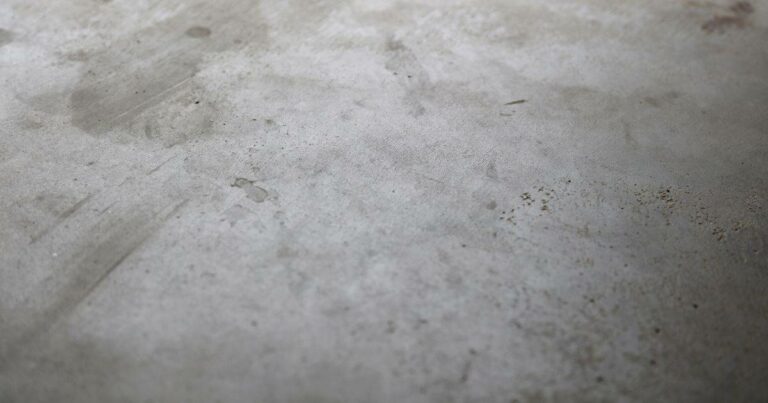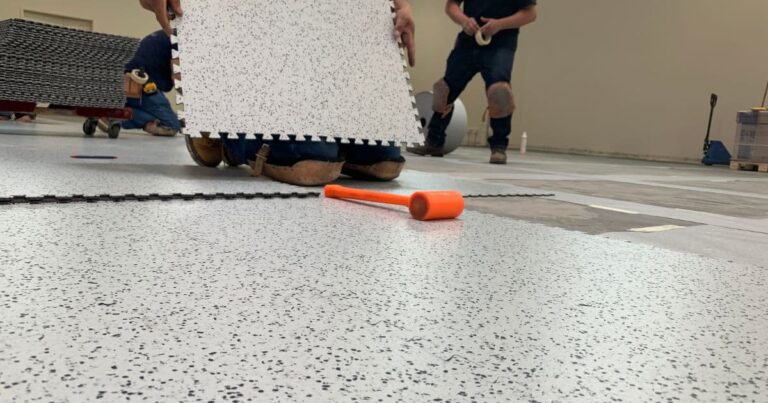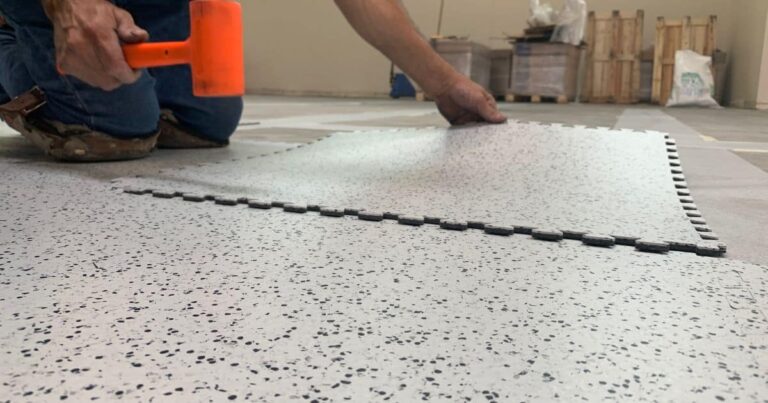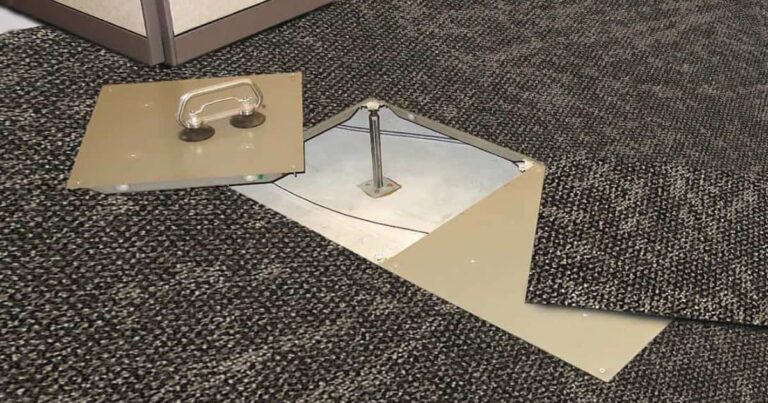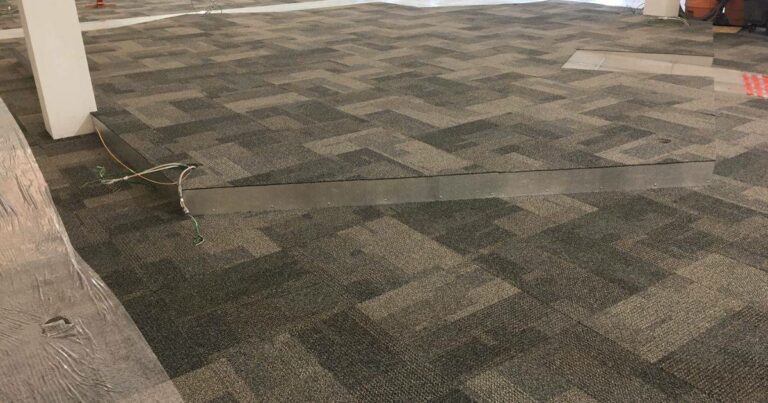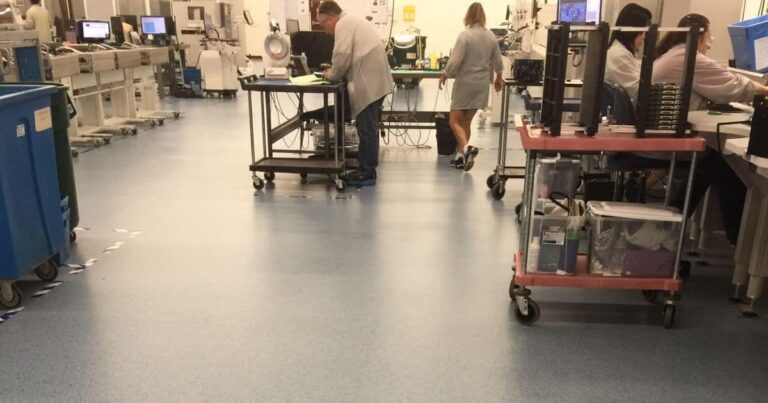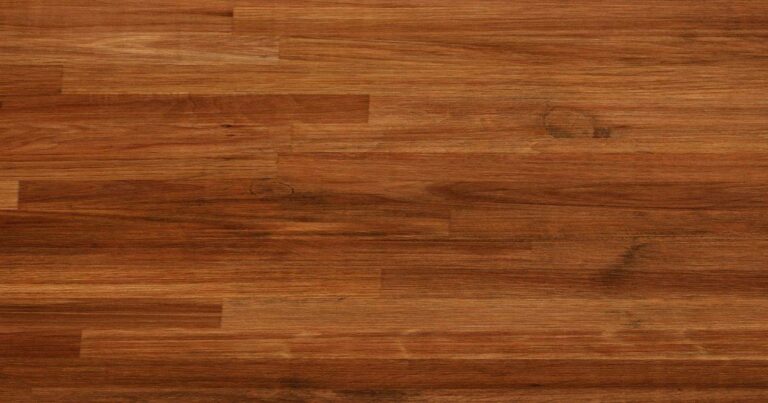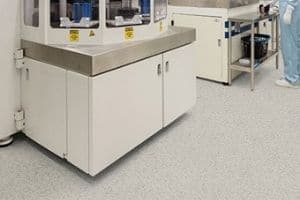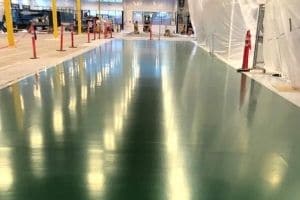FAQ: What are the ANSI/ESD S20.20 specifications?
First of all, ANSI/ESD S20.20 is not a specification. It’s a process document.
Flooring does not meet S20.20. It meets (or doesn’t meet) the recommended electrical parameters derived from the standard test methods referenced in S20.20.
In fact, S20.20 references not one, but 3 standard test methods:
ANSI/ESD STM7.1
Floor Materials—Resistive Characterization of Materials. Any flooring material must measure below 1.0 X 10E9 ohms to ground. However, the flooring must also comply with the 2 parameters listed below:
ANSI/ESD STM97.1
Floor Materials and Footwear—Resistance in Combination with a Person. The recommended maximum system resistance is 3.5 X 10E9.
ANSI/ESD STM97.2
Floor Materials and Footwear Voltage Measurement in Combination with a Person. The recommended maximum voltage allowed is 100 volts.
More FAQs
Learning Center Articles
- ESD Basics
- Installation & Maintenance
- Selecting & Specifying an ESD Floor
- Technical Information
- 7 Common Mistakes Selecting an ESD floor
- A Guide to ESD Flooring Selection
- Avoid Costly Failures: What You Need to Know When Specifying ESD Flooring
- Choosing ESD Flooring for:
- ESD Footwear: What Is It and When Is It Necessary?
- ESD Footwear for Electronics Manufacturing and Handling Applications
- Facility Managers’ Guide to Selecting ESD Flooring
- The Need for Due Diligence in Specifying Static-Free Flooring
- Standard of Care for Specifying Floors in Mission-Critical Spaces
- Understanding the Hidden Costs of ESD Flooring

StaticWorx high-performance static-control floors protect electronic components, explosives, and high-speed computers from damage caused by static electricity. ESD flooring is part of a system. Choices should always be based on objective, researched evidence. When you partner with us, we look at all possible items that may need to integrate with the floor, and, focusing on your goals and objectives, help you find the right floor for your application.







